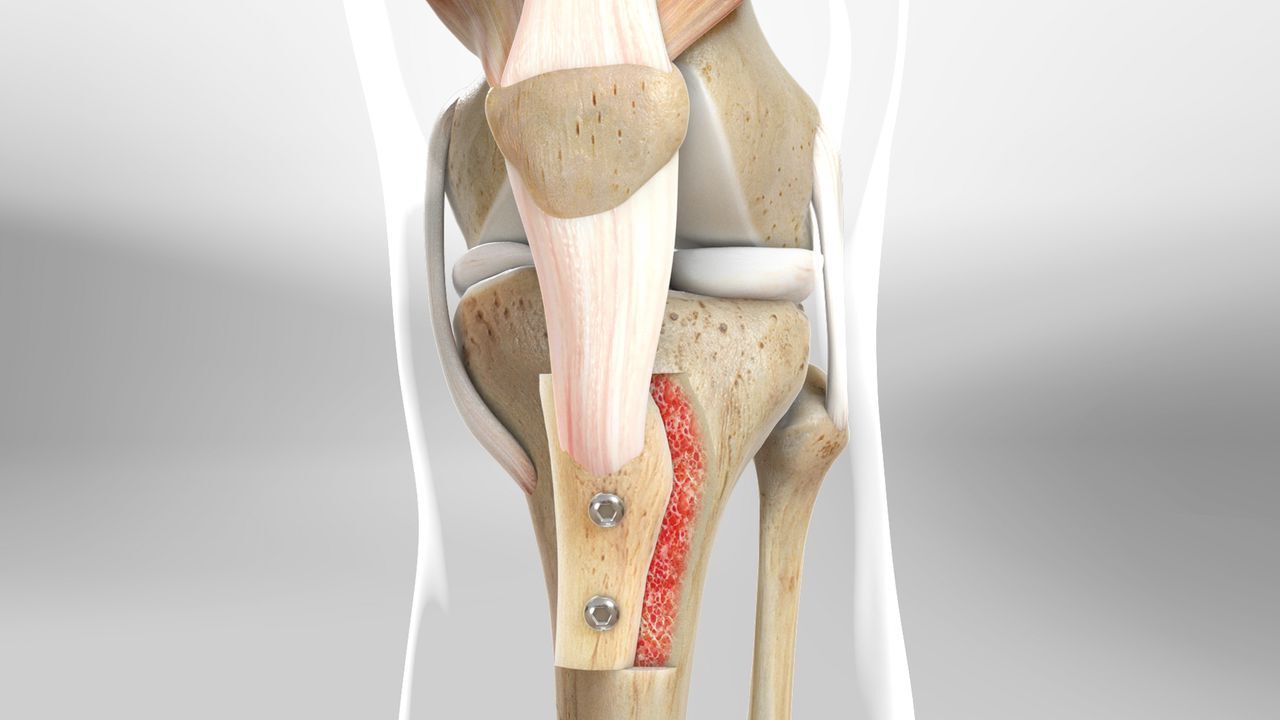
Osteotomy might sound like a complicated medical term, but it's actually a common procedure that can make a big difference in people's lives. What is osteotomy? Osteotomy is a surgical operation where a bone is cut to shorten, lengthen, or change its alignment. This procedure is often used to correct bone deformities, relieve pain from arthritis, or improve joint function. Surgeons perform osteotomies on various bones, including the knee, hip, and jaw. The goal is to realign the bone to distribute weight more evenly, which can reduce pain and improve mobility. Whether you're considering this surgery or just curious, these 31 facts will give you a deeper understanding of osteotomy and its benefits.
What is Osteotomy?
Osteotomy is a surgical procedure that involves cutting and reshaping bones. It's often used to correct bone deformities, relieve pain, or improve function. Here are some fascinating facts about osteotomy.
-
Osteotomy Origins: The term "osteotomy" comes from the Greek words "osteon" (bone) and "tomia" (cutting).
-
Common Uses: Osteotomy is frequently performed on knees, hips, and jaws to correct alignment issues.
-
Knee Osteotomy: This procedure can delay the need for a knee replacement by realigning the knee joint.
-
Hip Osteotomy: Often used to treat hip dysplasia, a condition where the hip socket doesn't fully cover the ball of the thigh bone.
-
Jaw Osteotomy: Corrects misaligned jaws, improving both function and appearance.
-
Weight-Bearing Bones: Osteotomy is commonly performed on weight-bearing bones to redistribute weight and relieve pain.
-
Pain Relief: Many patients undergo osteotomy to alleviate chronic pain caused by arthritis or other conditions.
-
Improved Mobility: By correcting bone alignment, osteotomy can significantly enhance a patient's mobility.
-
Bone Healing: After an osteotomy, bones typically take several weeks to heal, depending on the patient's age and health.
-
Surgical Precision: Modern osteotomy procedures use advanced imaging techniques for precise bone cutting and alignment.
Types of Osteotomy
There are various types of osteotomy, each tailored to specific conditions and bones. Let's explore some of the most common ones.
-
High Tibial Osteotomy: Used to treat knee arthritis by shifting weight from the damaged part of the knee to a healthier area.
-
Distal Femoral Osteotomy: Corrects alignment issues in the femur, often used for patients with knee deformities.
-
Periacetabular Osteotomy: Treats hip dysplasia by repositioning the hip socket for better coverage of the femoral head.
-
Mandibular Osteotomy: Realigns the lower jaw to correct bite issues and improve facial symmetry.
-
Maxillary Osteotomy: Adjusts the upper jaw to correct alignment and improve breathing.
-
Chevron Osteotomy: Commonly used for bunion correction by realigning the big toe.
-
Scarf Osteotomy: Another bunion correction technique that provides more stability than the chevron method.
-
Opening Wedge Osteotomy: Involves adding a wedge of bone to correct alignment, often used in knee surgeries.
-
Closing Wedge Osteotomy: Removes a wedge of bone to realign the bone structure, also common in knee surgeries.
-
Double Osteotomy: Combines two types of osteotomy to correct complex deformities.
Osteotomy Recovery
Recovery from osteotomy varies depending on the type of surgery and the patient's overall health. Here are some key points about the recovery process.
-
Physical Therapy: Essential for regaining strength and mobility after osteotomy.
-
Weight-Bearing Restrictions: Patients may need to avoid putting weight on the affected limb for several weeks.
-
Pain Management: Pain relief medications and techniques are crucial during the initial recovery phase.
-
Bone Healing Time: Bones typically take 6-12 weeks to heal, but full recovery can take several months.
-
Follow-Up Appointments: Regular check-ups with the surgeon ensure proper healing and alignment.
-
Activity Modification: Patients may need to adjust their activities to avoid stressing the healing bone.
-
Diet and Nutrition: A balanced diet rich in calcium and vitamin D supports bone healing.
-
Smoking Cessation: Smoking can impair bone healing, so quitting is highly recommended.
-
Complications: Potential complications include infection, blood clots, and improper bone healing.
-
Success Rates: Osteotomy has high success rates, especially when performed by experienced surgeons.
-
Long-Term Benefits: Many patients experience significant pain relief and improved function for years after osteotomy.
The Final Cut on Osteotomy
Osteotomy, a surgical procedure that involves cutting and reshaping bones, offers hope for those with joint issues. It can delay the need for joint replacement, providing relief and improved mobility. This procedure is often used for knee and hip problems, correcting bone alignment to reduce pain and improve function.
Recovery from osteotomy varies, but physical therapy plays a crucial role in regaining strength and mobility. Patients should follow their surgeon's advice closely to ensure the best outcome. Risks exist, like with any surgery, but the benefits often outweigh them for many individuals.
Understanding the facts about osteotomy helps in making informed decisions. Whether considering this procedure or just curious, knowing the basics can be empowering. Always consult with a healthcare professional to determine the best course of action for your specific situation.
Was this page helpful?
Our commitment to delivering trustworthy and engaging content is at the heart of what we do. Each fact on our site is contributed by real users like you, bringing a wealth of diverse insights and information. To ensure the highest standards of accuracy and reliability, our dedicated editors meticulously review each submission. This process guarantees that the facts we share are not only fascinating but also credible. Trust in our commitment to quality and authenticity as you explore and learn with us.
